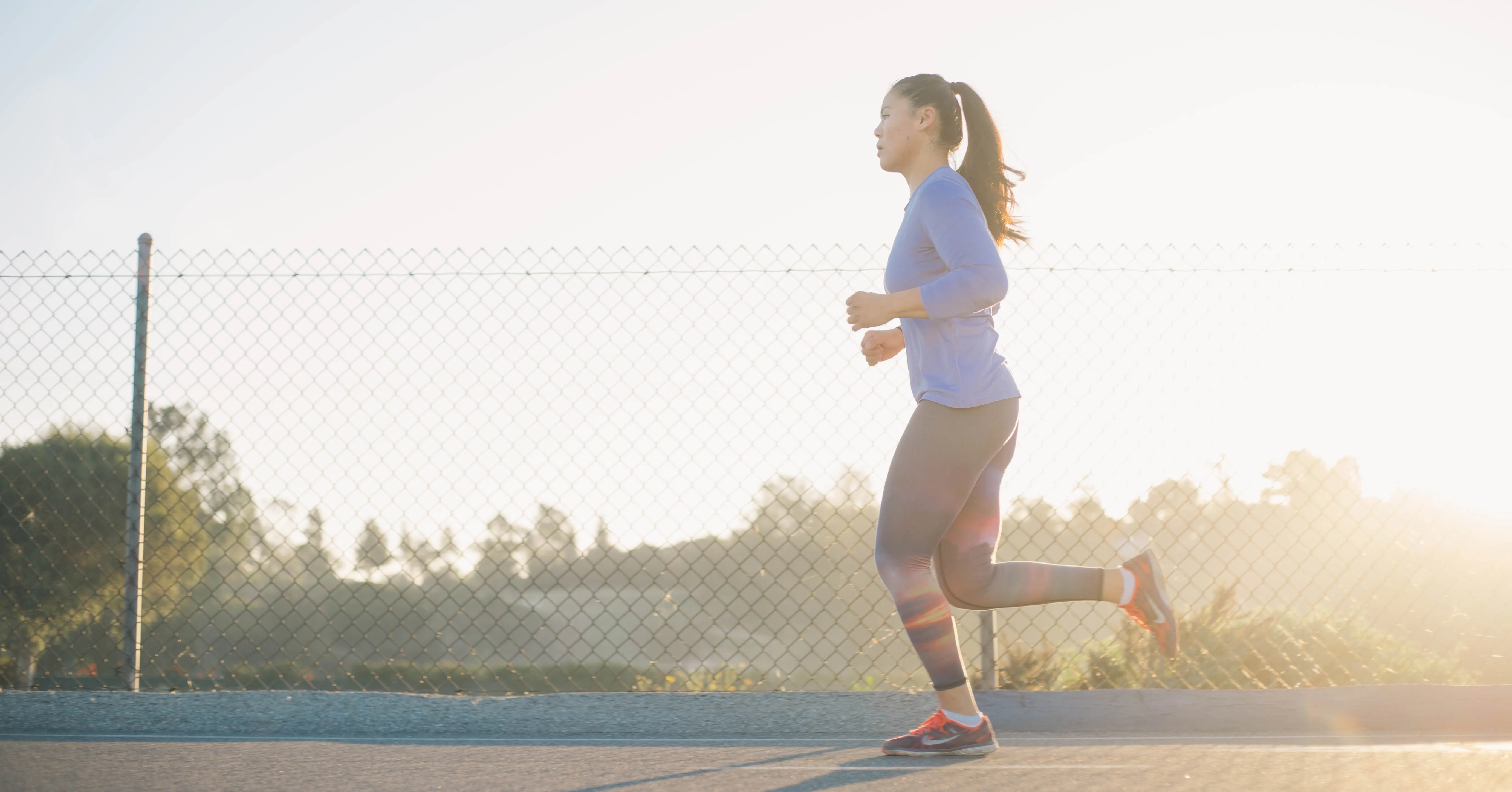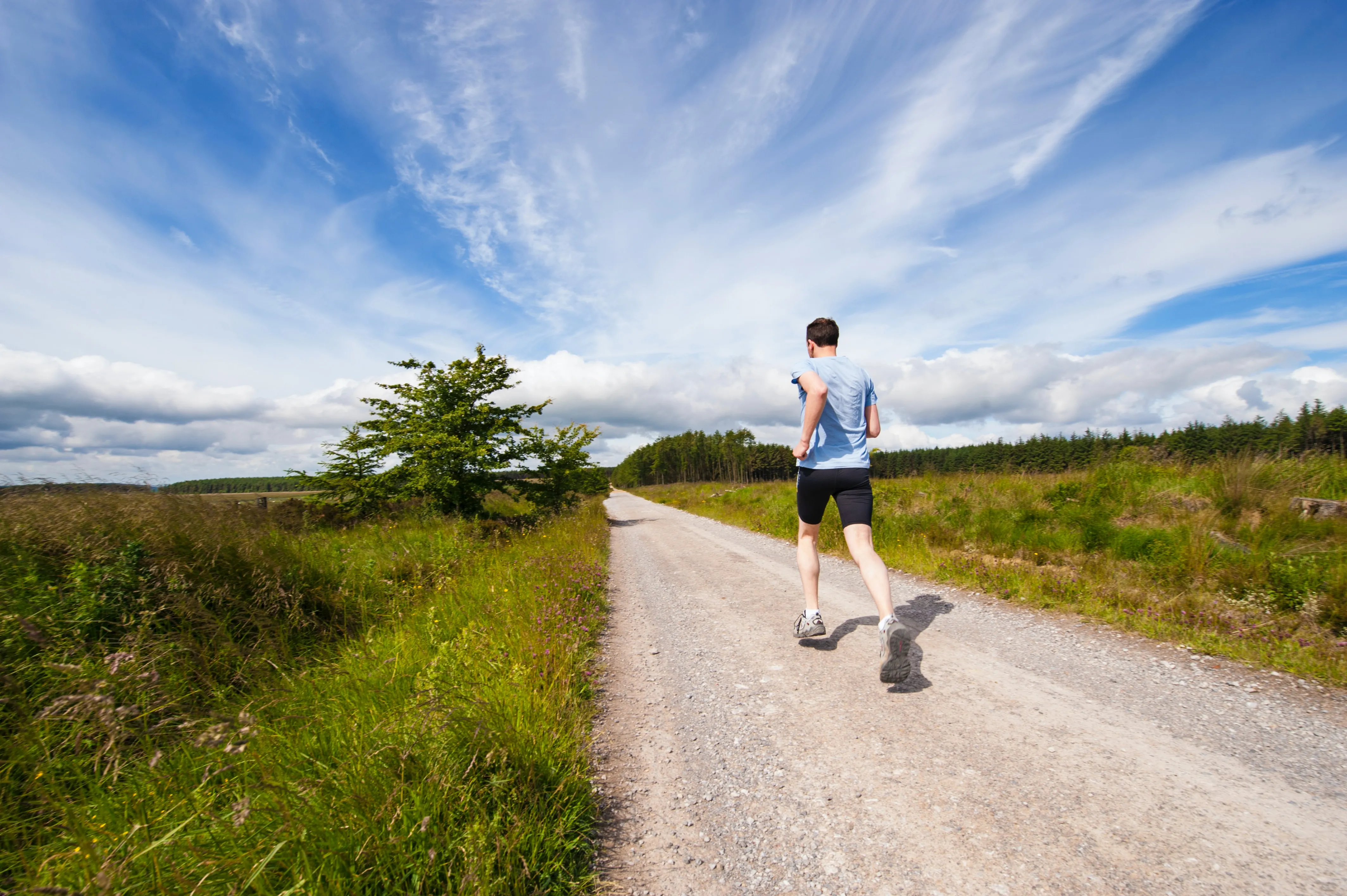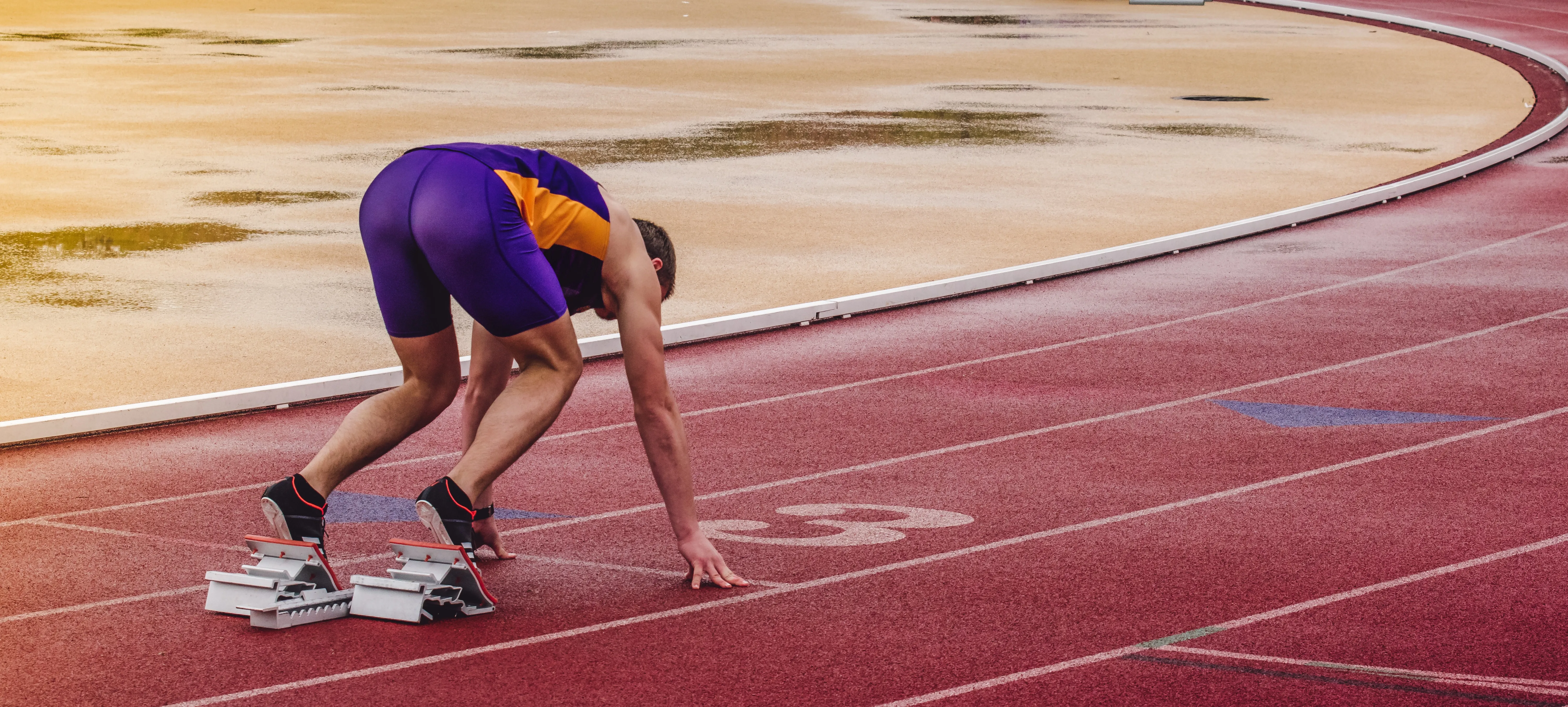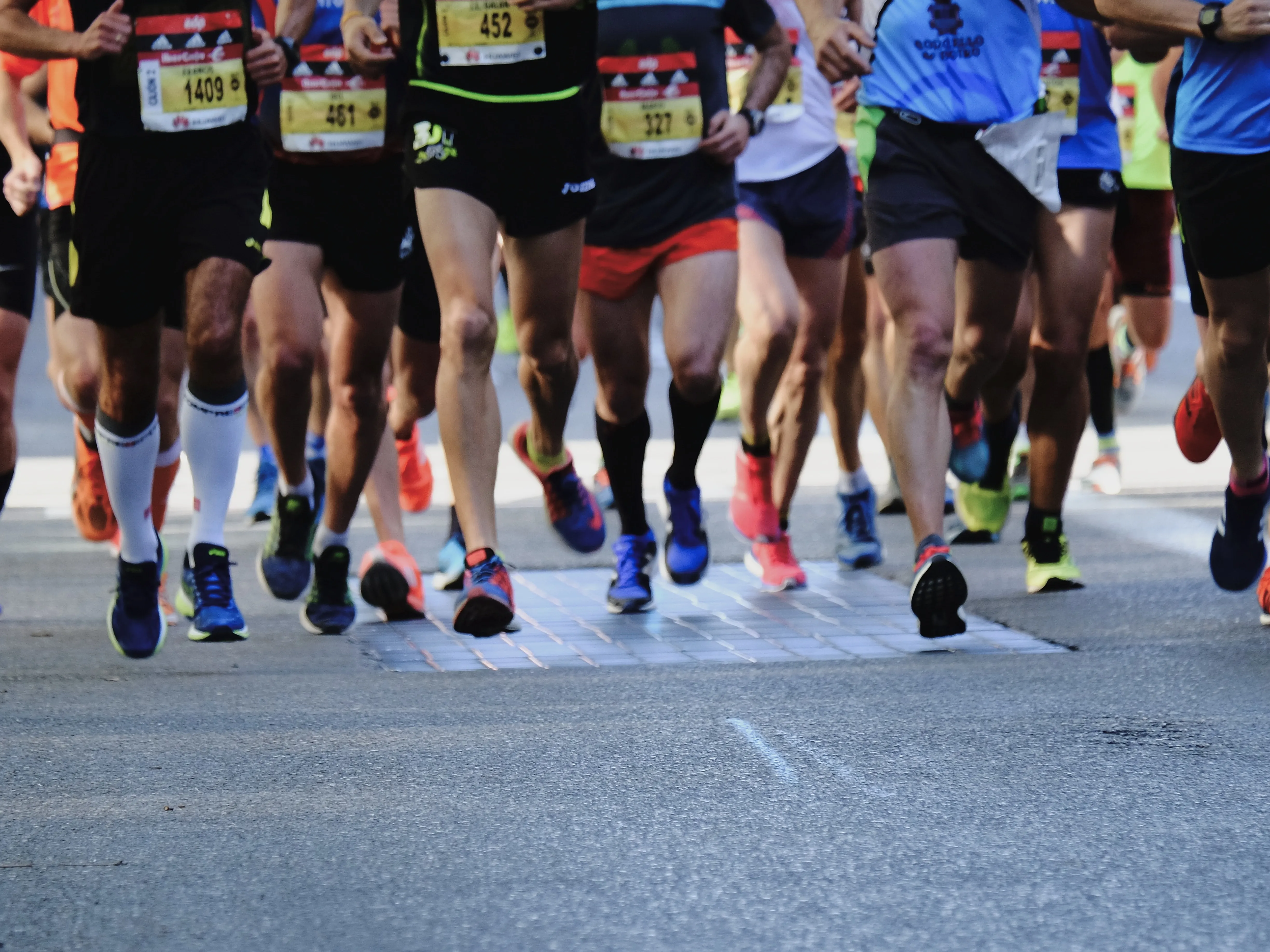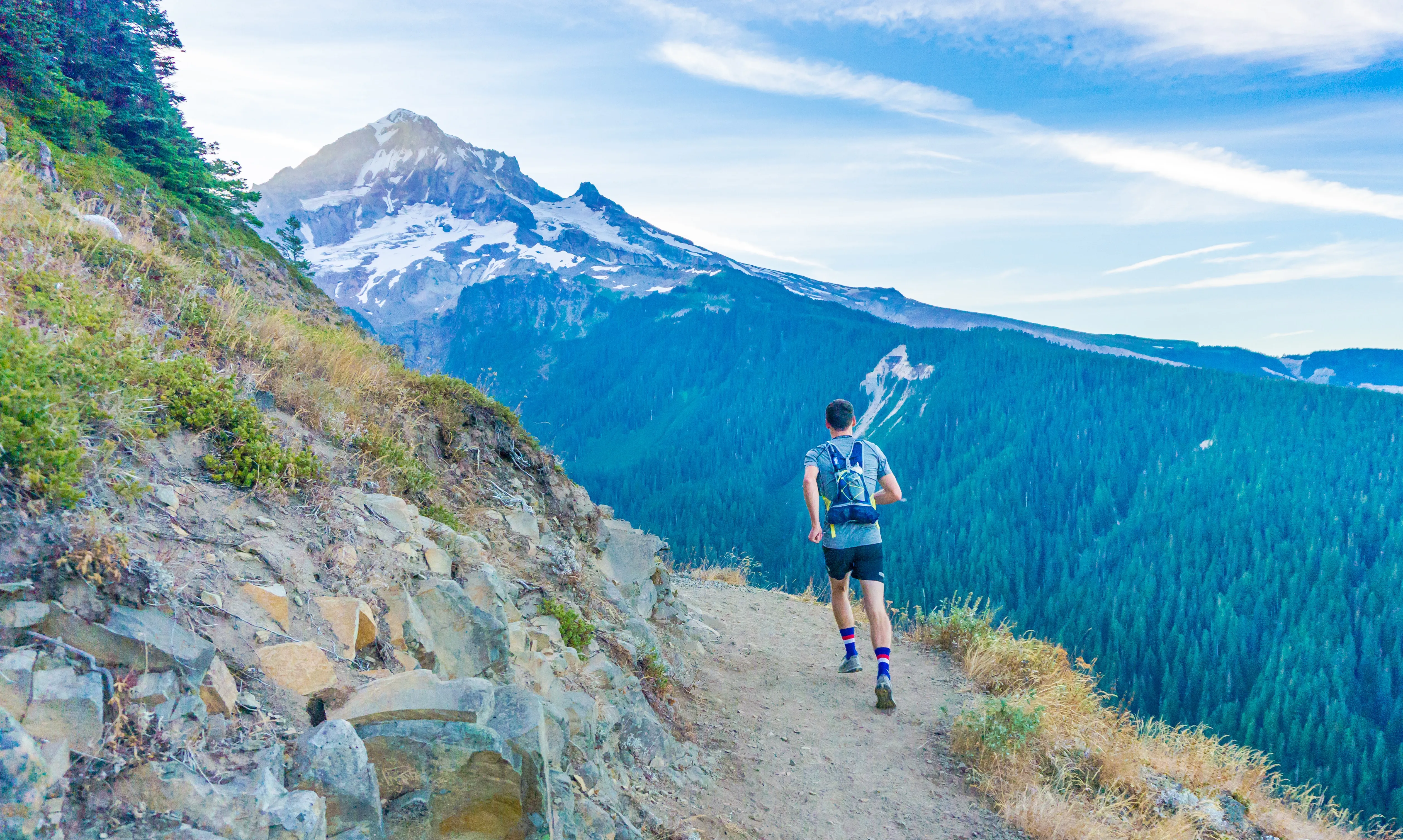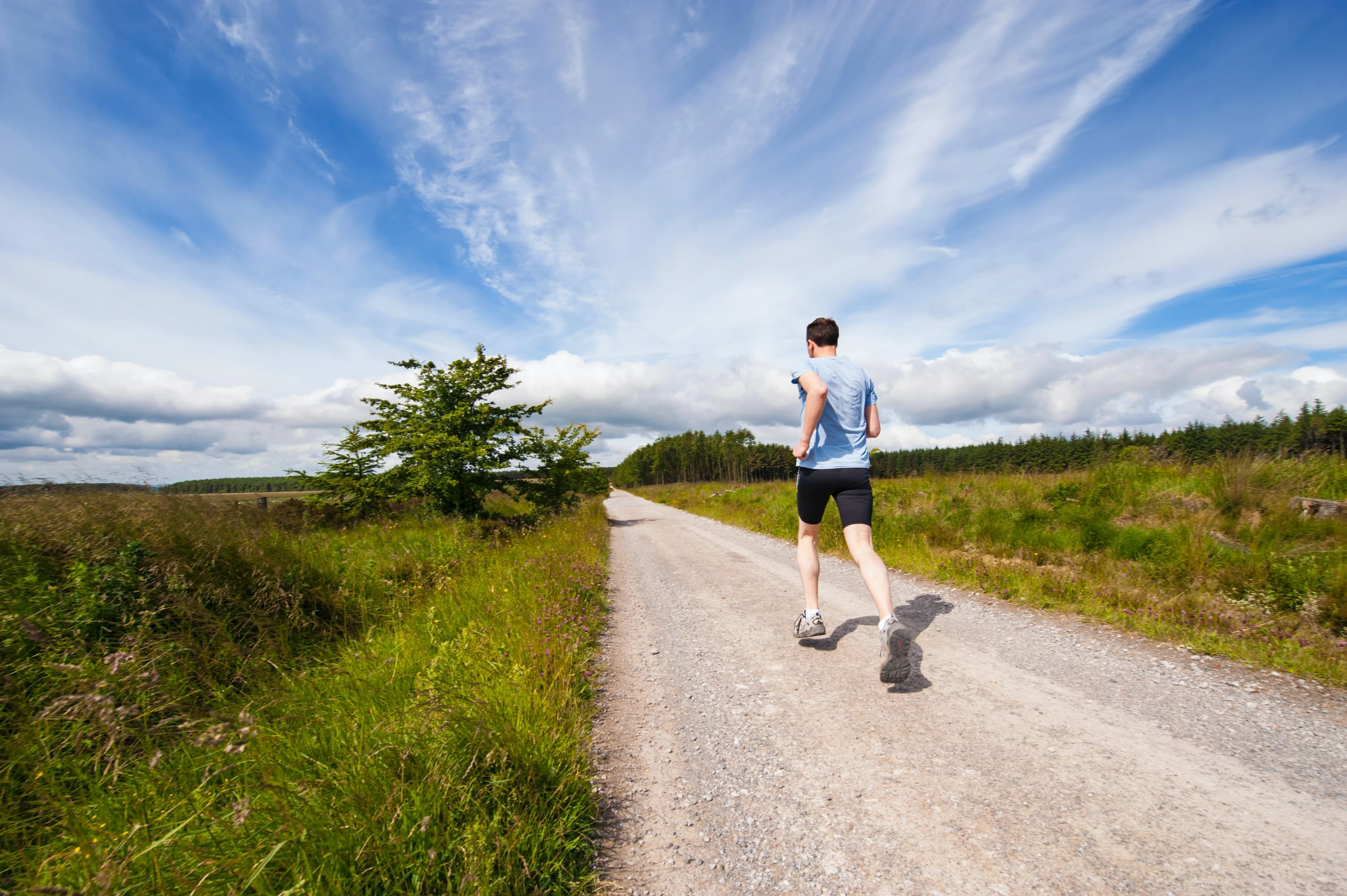
One of the most important aspects of training for a run, apart from your diet and fitness regimen, is the surface you run on. The type of surface you train on can have a significant impact on your performance and injury risk. In this article, we will discuss five of the best running surfaces and their pros and cons to help you make an informed decision about where to run.
Concrete
Concrete is the most common surface that runners encounter, especially urban runners. It is the hardest running surface, and it is also the most convenient for many people.
Pros of running on Concrete:
- Readily available: If you live in a city, you don’t have to travel far to find a concrete surface to run on.
- Consistent: Concrete surfaces are flat and predictable.
Cons of running on Concrete:
- Impact: Running on concrete can be hard on your legs and joints due to its lack of cushioning.

Asphalt
Asphalt is slightly softer than concrete, making it a slightly better alternative. It is the typical surface found on roads and is quite common in suburban areas.
Pros of running on Asphalt:
- Gentle on Joints: Asphalt is softer than concrete and might be easier on your joints.
- Accessible: Like concrete, it’s relatively easy to find an asphalt surface to run on.
Cons of running on Asphalt:
- Not as smooth: Asphalt surfaces can sometimes be less smooth than concrete because they are more prone to wear and tear from traffic.
Grass
Grass is considerably softer than concrete or asphalt and can be easier on your joints. It also provides a unique challenge because it requires more effort to run on grass than harder surfaces.
Pros of running on Grass:
- Joint-Friendly: The softness of grass greatly reduces impact stress on your joints.
- Added Resistance: Grass surface provides resistance, making your muscles work harder.
Cons of running on Grass:
- Uneven Ground: There can be hidden dips or holes which can lead to injury.
- Limited Access: It can be difficult to find large, open grassy areas in urban or suburban neighborhoods.
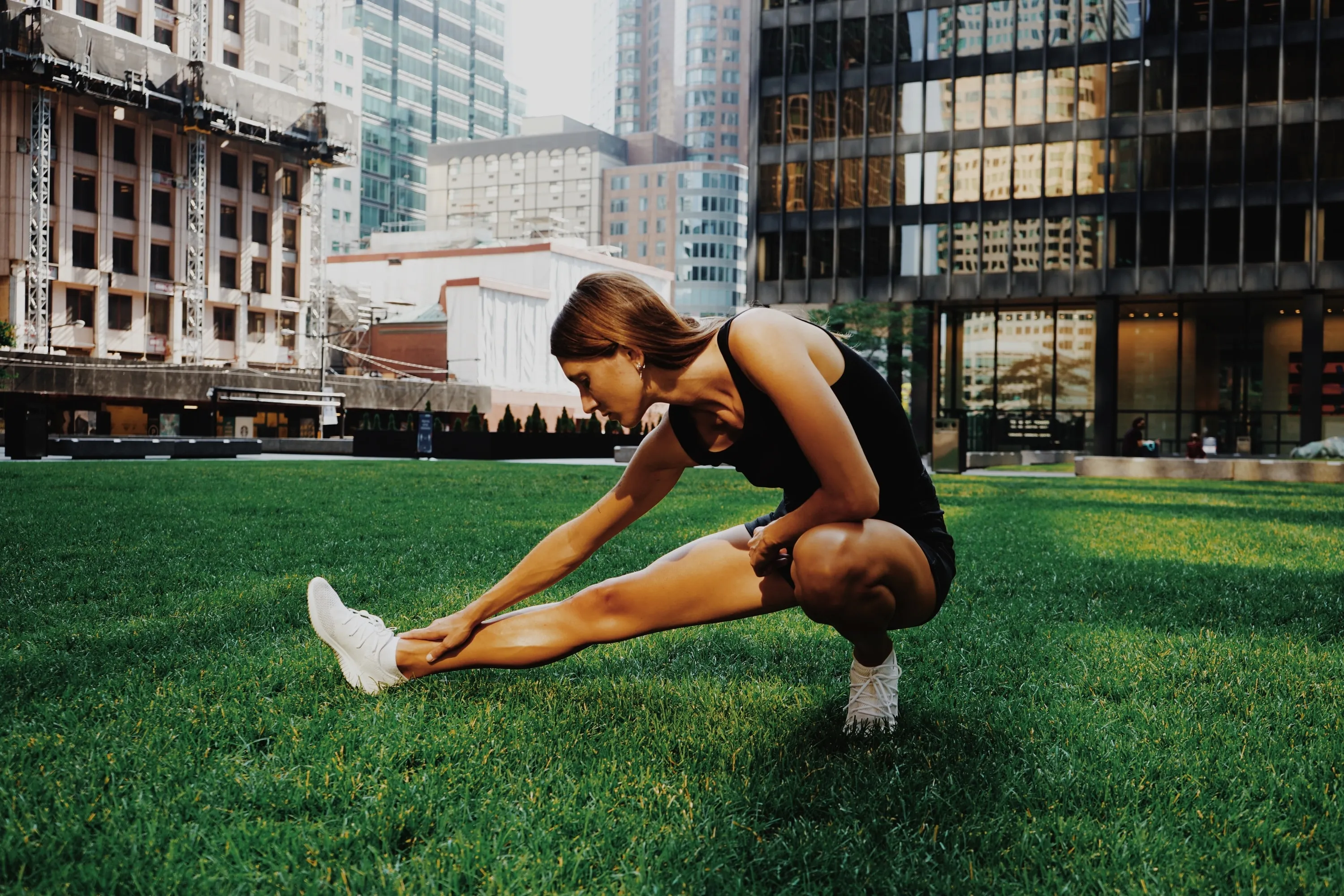
Trails
Trail running offers a varied and challenging surface that works your stabilizer muscles more than running on flat ground.
Pros of running on Trails:
- Low Impact: Trails are typically softer than pavement, reducing the impact on your joints.
- Engaging: The varied terrain keeps running interesting and works different muscles.
Cons of running on Trails:
- Injuries: It’s easy to trip and injure yourself on the uneven surfaces.
- Accessibility: Trails may not be available in your local area, or it may take time to travel to one.
Treadmill
The treadmill provides a smooth running surface and the flexibility of running in any weather condition, at any time.
Pros of running on Treadmill:
- Consistency: Treadmills offer a consistent surface and controlled environment.
- Versatility: You can simulate hill training or interval training on a treadmill.
Cons of running on Treadmill:
- Monotony: Running on a treadmill can become boring.
- Lack of Natural Elements: Doesn’t adequately prepare runners for outdoor races due to lack of wind resistance and varying terrain.
In conclusion, it is advisable to mix and match the surfaces you run on. This can help avoid overuse injuries common in running, work different muscle groups, and keep your running routine exciting.
